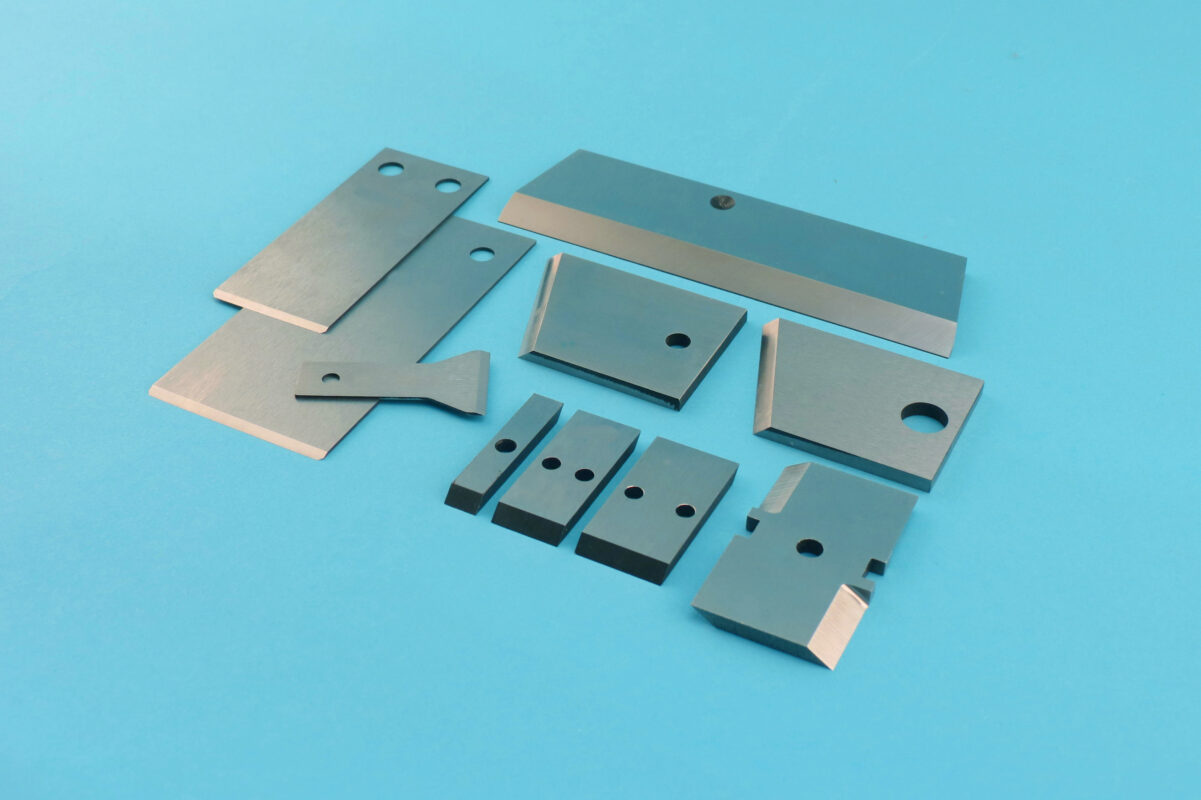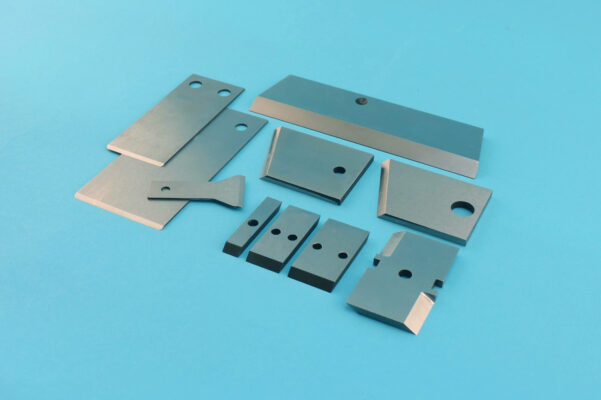In the realm of plastic manufacturing, efficiency and precision are paramount. Whether producing consumer goods, packaging materials, or industrial components, the quality of plastic pellets directly impacts the final product’s integrity. At the heart of this process lies plastic pelletizers, intricate machines designed to transform raw plastic materials into uniform pellets suitable for molding, extrusion, or other manufacturing processes.
Understanding the Pelletizing Process
Strand Pelletizing vs. Hot Melt Pelletizing
Strand pelletizing and hot melt pelletizing are two distinct methods used in the plastic pelletizing process. In strand pelletizing, molten plastic is extruded through a die, forming continuous strands that are then cut into uniform pellets as they cool in a water bath. On the other hand, hot melt pelletizing involves heating plastic material until it reaches a liquid state when it is then forced through a die, and immediately cut into pellets using rotating knives.
The primary differences lie in the process and cooling methods. Strand pelletizing relies on the formation of continuous strands and utilizes a water bath for cooling, while hot melt pelletizing directly converts molten plastic into pellets and relies on rapid cooling. Additionally, hot melt pelletizing offers more precise control over pellet size and shape compared to strand pelletizing.
These differences are crucial to plastics processors for several reasons. First, different materials and applications may require specific pelletizing methods. By having options like strand and hot melt pelletizing, processors can choose the most suitable method for their needs. Second, each method may produce pellets with different characteristics, affecting the quality and consistency of the final product. Finally, understanding these differences allows processors to optimize their production processes for efficiency, throughput, and material utilization, ultimately enhancing overall productivity and profitability.
How a Pelletizing Machine Works
Regardless of the method employed, plastic pelletizers operate on similar principles. A typical pelletizing machine consists of an extruder, die, cooling system, pellet cutter, and collection system. The extruder melts the plastic material, which is then forced through the die to eventually form pellets. These pellets are cooled, cut to the desired length, and collected for further processing or packaging.
Central to the pelletizing process are rotors and industrial knives, which play a crucial role in cutting the plastic strands or molten material into uniform pellets. These knives include bed knives and rotor knives.
Bed Knives
Bed knives are essential components in plastic strand pelletizing machines. They help maintain the integrity of the pelletizing process by preventing material from shifting or becoming misaligned, which can lead to irregular pellet sizes or shapes. Additionally, bed knives help prolong the lifespan of the cutting rotor and other components by minimizing wear and tear caused by excessive friction or misalignment.
When considering purchasing bed knives for plastic pelletizing equipment, several critical factors should be considered. First, the material and construction of the knives should be carefully evaluated to ensure durability and resistance to wear, particularly in high-temperature or abrasive environments. The design and dimensions of the bed knives must also be compatible with the specific pelletizing machine and application requirements to ensure proper fit and performance. Furthermore, considerations such as blade sharpness,and surface finish can significantly impact the cutting efficiency and overall effectiveness of the bed knives.
Rotor Knives
Rotor knives, also known as pelletizer knives in hot melt applications, are rotating blades integral to the plastic pelletizing process, responsible for slicing through plastic strands or hot, liquid material to create uniform pellets of the desired size and shape. These knives are mounted on the cutting rotor of the pelletizing machine and execute precise cutting motions to ensure the consistency and quality of the pellets produced.
The importance of rotor knives cannot be overstated, as they directly impact the efficiency, accuracy, and overall performance of the pelletizing process. Their sharpness, durability, and cutting precision are crucial factors in achieving optimal pellet quality and uniformity. Rotor knives must be capable of withstanding the rigors of continuous operation, while also maintaining their cutting edge and dimensional integrity over time.
When purchasing rotor knives for plastic pelletizing equipment, several critical considerations come into play. First, the material composition and hardness of the knives must be carefully evaluated to ensure resistance to wear, abrasion, and thermal degradation, especially when processing highly abrasive or heat-sensitive materials. Additionally, the design and geometry of the knives should be optimized for efficient cutting performance, with considerations given to blade configuration, edge sharpness, and cutting angle.
Furthermore, compatibility with the specific pelletizing machine and application requirements is essential to ensure proper fit and functionality. Rotor knives may also be available with various coatings or surface treatments to enhance wear resistance, reduce friction, or improve cutting performance in specific operating conditions.
Material and Coating Options for Machining Knives
Machining knives play a pivotal role in the pelletizing process, directly influencing the quality, efficiency, and longevity of the operation. Optimal material selection, appropriate coatings, and precise blade geometry are essential. The best solution for your application is likely a one, or a combination, of:
- Tool Steel and High-speed Steel: Known for its high hardness and wear resistance, making it suitable for demanding pelletizing applications.
- Carbide: Offers superior cutting performance and extended tool life, especially in abrasive environments.
- Titanium Nitride (TiN) Coating: Provides enhanced wear resistance and reduces friction, resulting in smoother cutting action and reduced downtime.
- Ceramic Coatings: Known for their exceptional hardness and resistance to wear and corrosion, ceramic coatings are ideal for cutting applications involving abrasive materials.
Why Choose a Trusted Solutions Provider Like TGW
In the competitive landscape of plastic pellet manufacturing, partnering with a reliable solutions provider is essential to ensure the efficiency and longevity of pelletizing equipment. TGW possesses unmatched expertise in the design and manufacturing of high-performance rotor knives, bed knives, and other pelletizing components.




